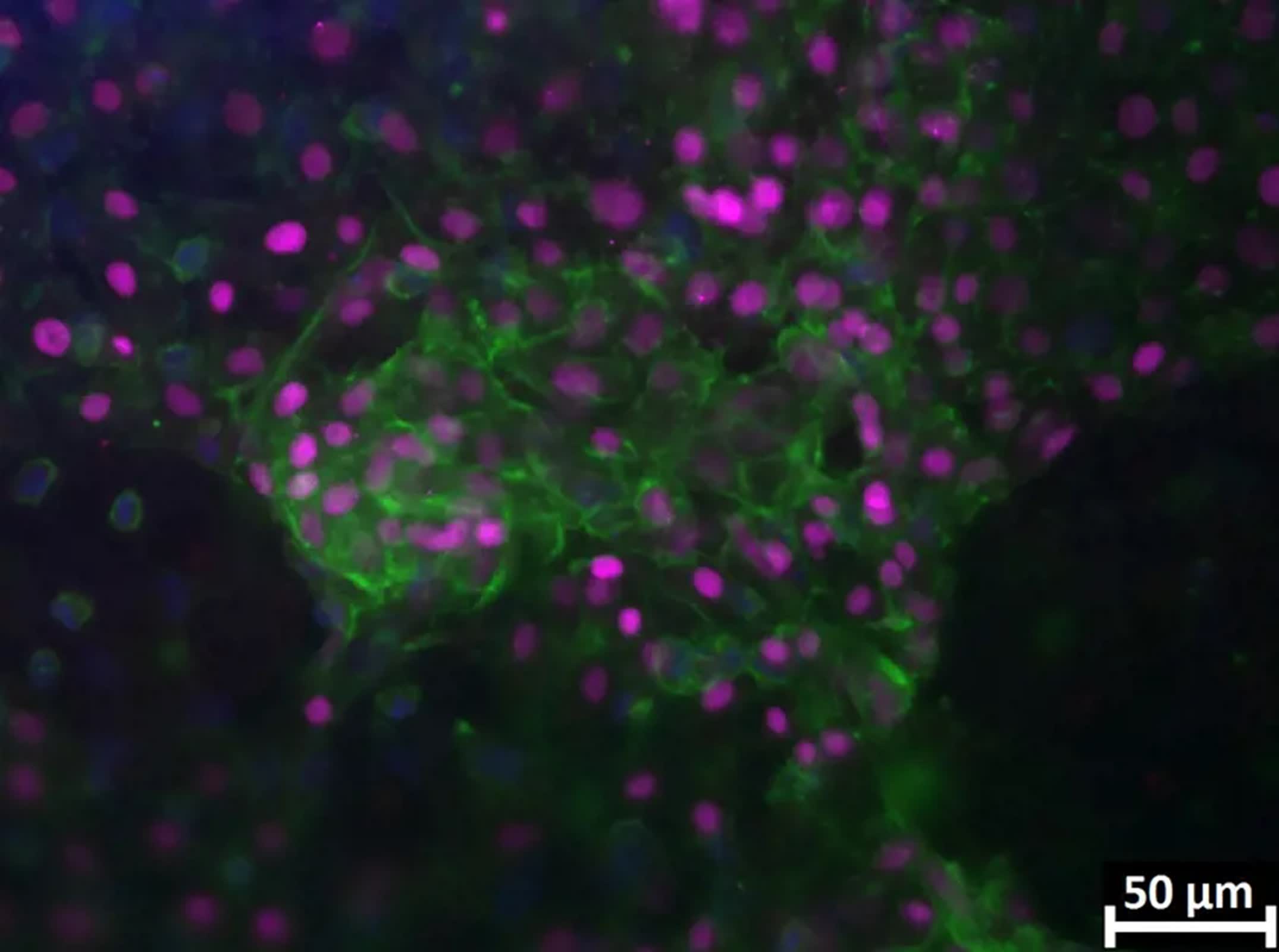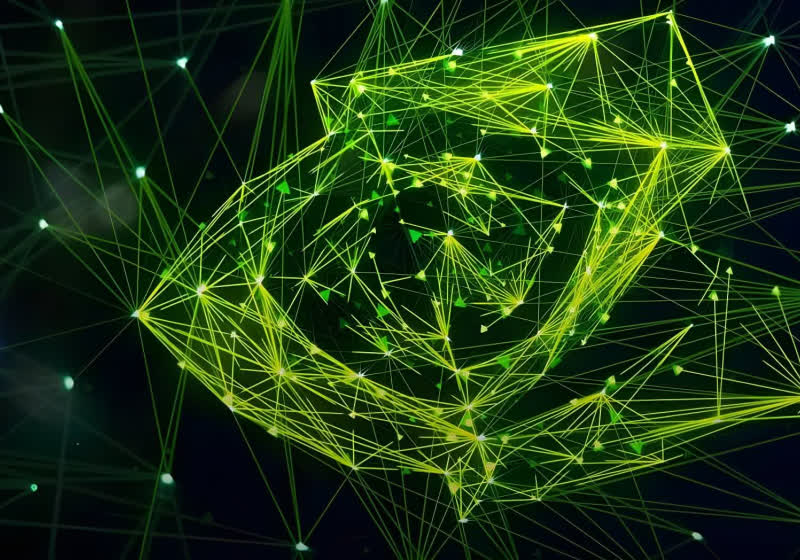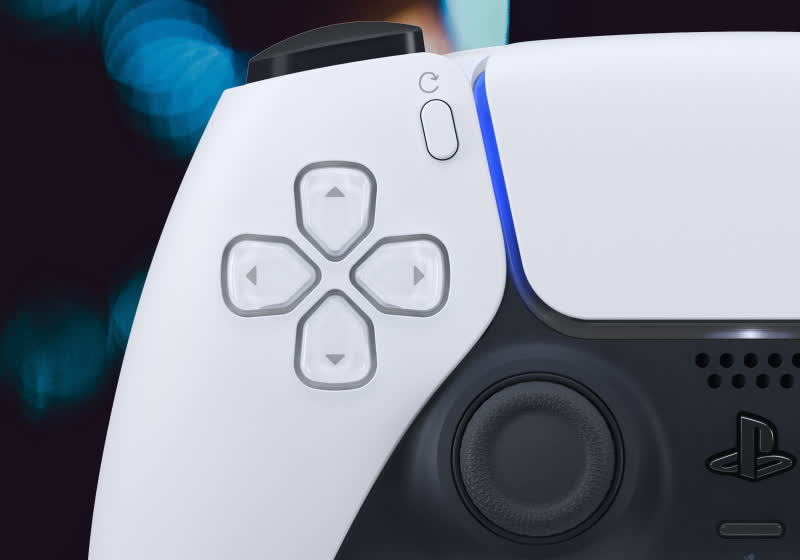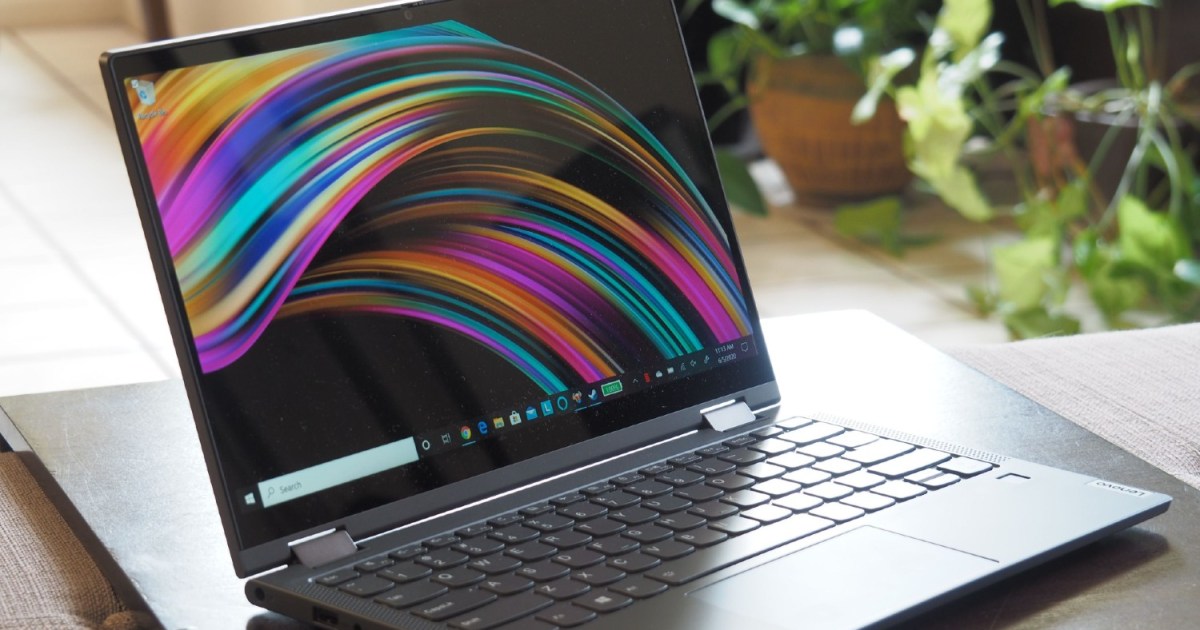Serving tech enthusiasts for complete 25 years.
TechSpot intends tech study and proposal you can trust.
Cutting edge: Scientists studying quality insubstantial self-assembly will effort to turn quality liver insubstantial successful abstraction adjacent year. The microgravity of nan ISS provides a cleanable situation to let cells to replicate without nan request for dishes aliases matrixes, which tin contaminate cultures.
Dr. Tammy T. Chang of nan University of California, San Francisco, is leading a investigation task that uses nan microgravity situation connected nan International Space Station (ISS) to create quality liver tissue. This attack addresses limitations successful existent insubstantial engineering techniques and perchance improves liver transplantation methods.
Traditional insubstantial engineering methods often trust connected artificial matrices to supply a model for compartment growth. However, these matrices tin present overseas materials and change cellular function. Dr. Chang's investigation takes a different attack by utilizing microgravity conditions successful abstraction to let cells to self-assemble people without nan request for artificial matrices aliases civilization plates utilized successful Earth-based methods.
"Our findings bespeak that microgravity conditions alteration nan improvement of liver tissues pinch amended differentiation and functionality than those cultured connected Earth," Dr. Chang said.
These stem cells are reprogrammed from normal quality cells and tin differentiate into various compartment types, including liver cells.

Dr. Chang's squad has developed a civilization bioreactor called nan "Tissue Orb," designed specifically for insubstantial self-assembly successful zero-G environments to facilitate nan self-assembly process. It mimics earthy humor travel successful quality tissues and includes an artificial humor alloy and an automated media speech strategy to simulate earthy conditions for insubstantial growth.
Another portion of nan task involves processing precocious cryopreservation techniques to carrier nan engineered tissues from abstraction to Earth safely. The investigation squad is exploring isochoric supercooling, a preservation method that maintains tissues beneath freezing without causing damage. This exertion could widen nan support life of engineered tissues and whitethorn moreover activity pinch full organs successful nan future.
"Our extremity is to create robust preservation techniques that let america to bring functional tissues backmost to Earth," Dr. Chang said.
The spaceflight research is scheduled for motorboat successful February 2025. This investigation could lead to advancements successful bioengineered tissues for various applications, including illness modeling, supplier testing, and therapeutic implantation.
Dr. Chang is simply a board-certified surgeon specializing successful gastrointestinal conditions and analyzable abdominal surgery, giving her a keen knowing of nan objective needs driving her study. Her activity astatine UCSF spans objective believe and innovative research, focusing connected liver insubstantial engineering and regenerative medicine. The task has received support from respective organizations, including nan National Science Foundation (NSF), nan International Space Station National Laboratory (ISSNL), and NASA's Translational Research Institute.

 4 weeks ago
4 weeks ago








 English (US) ·
English (US) ·  Indonesian (ID) ·
Indonesian (ID) ·